Exploring ‘The Ukraine War & the Eurasian World Order’ by Glenn Diesen: Implications for Global Politics
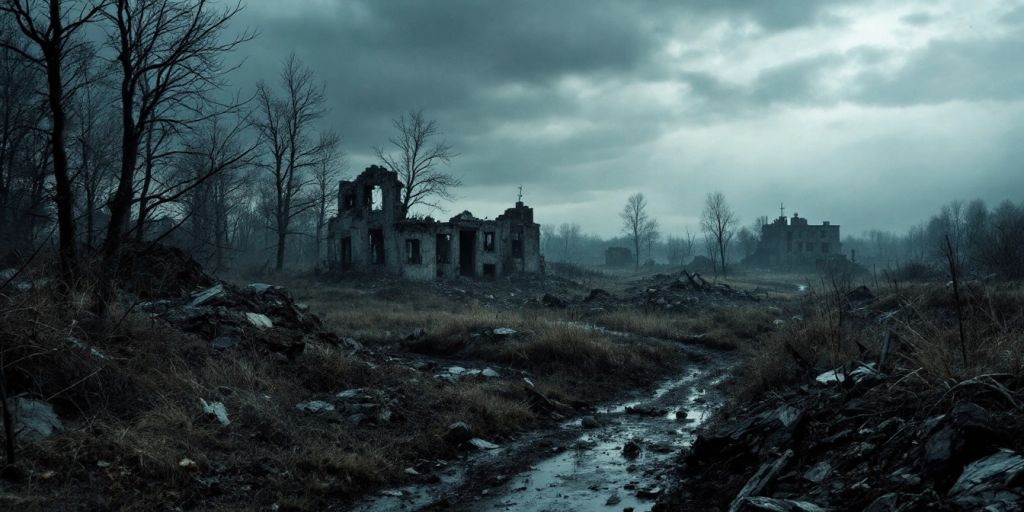
In his book “The Ukraine War & the Eurasian World Order,” Glenn Diesen explores how the ongoing conflict in Ukraine is reshaping global politics. He discusses the decline of Western dominance and the rise of a new multipolar world order, emphasizing the importance of understanding the past to navigate the future. This article summarizes key insights from Diesen’s work, focusing on the implications for international relations and power dynamics.
Key Takeaways
- The Ukraine War signals a shift from Western dominance to a multipolar world.
- NATO’s actions have escalated tensions, influencing global power dynamics.
- Economic ties among Eurasian countries are growing stronger as they seek independence from the West.
- The conflict highlights the failure of liberal hegemony to maintain peace and stability.
- Future global politics will be shaped by new alliances and the adaptation to multipolar realities.
Theoretical Foundations of World Order

Origins of Modern World Order
The modern world order is shaped by the balance of power and deterrence strategies that help manage state interactions. This order is not just about preventing conflict; it also encourages cooperation among nations to achieve common goals. The concept of world order can be traced back to thinkers like Raymond Aaron, who asked how divided societies could coexist peacefully. Similarly, Hedley Bull described it as the patterns of human activity that support basic social needs.
Peace of Westphalia and Its Impact
The Peace of Westphalia is often seen as the starting point for the modern world order. It established the idea of sovereign states with defined borders, creating a system where power is balanced among equals. This balance is crucial for maintaining order, especially in a world where no single authority exists. The Westphalian system has influenced how states interact, leading to a focus on sovereignty and territorial integrity.
Transition from Pax Romana to Westphalian System
The shift from the Pax Romana to the Westphalian system marked a significant change in global governance. While Pax Romana emphasized a single power maintaining peace, the Westphalian system introduced multiple sovereign states. This transition has led to ongoing debates about how to balance power and justice in international relations. Key challenges include:
- Maintaining sovereignty while promoting global cooperation.
- Addressing the tension between national interests and universal values.
- Finding ways to enhance justice without disrupting order.
The world order is a complex system that requires constant adjustment to maintain peace and stability among nations.
In summary, the theoretical foundations of world order are built on historical events and philosophical ideas that continue to shape global politics today. Understanding these foundations is essential for analyzing current international dynamics and the implications of conflicts like the Ukraine War.
The Rise and Decline of Liberal Hegemony
Post-Cold War Liberal Hegemony
After the Cold War, many believed in a liberal international order that would promote peace and democracy worldwide. This order was thought to be a solution to global conflicts, but it turned out to be more complicated. The idea that liberalism could solve all problems was a misguided belief. Instead of creating harmony, it often led to tensions, especially with countries like Russia and China.
NATO Expansion and Its Consequences
NATO’s growth was meant to secure peace in Europe, but it had the opposite effect. Here are some key points about its impact:
- Increased tensions with Russia, which saw NATO as a threat.
- Dismantled the existing security structures in Europe.
- Set the stage for conflicts, particularly in Ukraine.
| Year | Event | Impact |
|---|---|---|
| 1999 | NATO expands to include Eastern European countries | Heightened Russian concerns |
| 2004 | Further expansion includes Baltic states | Increased military presence in Eastern Europe |
| 2014 | Ukraine crisis begins | Proxy war between NATO and Russia |
Challenges to Liberal Hegemony
The liberal order faced many challenges, leading to its decline:
- Economic crises exposed weaknesses in the liberal model.
- Political divisions within Western countries weakened their global influence.
- Emerging powers like China began to challenge U.S. dominance.
The belief that liberalism could create a peaceful world has been shaken, revealing the complexities of global politics.
In summary, while the post-Cold War era began with optimism for a liberal world, the reality has shown that this order is fragile and facing significant challenges.
The Ukraine War as a Battleground for World Order
Prelude to the Conflict: 1991-2014
The roots of the Ukraine War can be traced back to the complex history between Ukraine and Russia. After the Soviet Union collapsed in 1991, Ukraine found itself at a crossroads. Some experts view the Russia-Ukraine war as a manifestation of renewed geopolitical rivalry. The country was divided, with Eastern Ukrainians often feeling a connection to Russia, while Western Ukrainians leaned towards Europe. This division set the stage for future conflicts.
Civil War and Russian Invasion
In 2014, tensions escalated dramatically. Following a coup supported by the West, Russia annexed Crimea, leading to a civil war in Eastern Ukraine. The conflict became a proxy war, with NATO backing Ukraine and Russia supporting separatists. The situation highlighted the failure of diplomacy and the consequences of ignoring the Westphalian principles of sovereignty and non-interference.
NATO’s Role and Strategic Objectives
NATO’s involvement has been controversial. While it claims to defend Ukraine, critics argue that it has contributed to the conflict by expanding its influence in Eastern Europe. The alliance’s actions have transformed Ukraine from a neutral state into a frontline against Russia. This shift raises questions about the future of global politics and the balance of power in the region.
In summary, the Ukraine War is not just a regional conflict; it represents a larger struggle between competing world orders. The outcome will have significant implications for international relations and the future of multipolarity.
Emergence of the Eurasian World Order
Economic Diversification in Eurasia
The Ukraine War has pushed many countries in Eurasia to rethink their economic ties. Countries are now focusing on reducing their reliance on the West. This shift is crucial for their future stability and growth. Here are some key points about this economic change:
- Increased trade among Eurasian countries.
- Development of new energy sources independent of Western markets.
- Strengthening of regional partnerships.
Political Realignments Post-Ukraine War
The conflict has also led to significant political changes in the region. Nations are realigning their strategies to adapt to a new world order. Some notable shifts include:
- Closer ties between Russia and China.
- A move away from Western influence.
- Increased cooperation among non-Western countries.
Eurasian Characteristics of the New Order
The emerging Eurasian world order is distinct from previous systems. It emphasizes:
- Civilizational uniqueness over universal values.
- A balance of power that includes multiple nations.
- The rejection of liberal hegemony as a guiding principle.
The Ukraine War has highlighted the urgent need for countries to adapt to a multipolar world, where power is shared rather than dominated by a single entity. This transition is not just about military strength but also about economic and political independence.
Global Implications of the Ukraine War
Impact on International Relations
The Ukraine War has significantly changed how countries interact with each other. This conflict has highlighted the fragility of global alliances. Here are some key points:
- Countries are re-evaluating their alliances.
- New partnerships are forming outside traditional Western alliances.
- Nations are increasingly prioritizing their own interests over collective agreements.
Shift in Global Power Dynamics
The war has also shifted the balance of power in the world. The following table summarizes the changes:
| Power Shift | Before the War | After the War |
|---|---|---|
| U.S. Influence | High | Moderate |
| Russia’s Position | Weak | Strengthened |
| China’s Role | Emerging | Central |
Future Prospects for Multipolarity
Looking ahead, the world may become more multipolar. This means:
- More countries will have a say in global decisions.
- Conflicts may arise as nations compete for influence.
- Cooperation will be essential to maintain peace.
The Ukraine War serves as a reminder that the world is in a state of transition, where old orders are being challenged and new ones are emerging.
Overall, the Ukraine War is not just a regional conflict; it has global implications that will shape the future of international relations and power dynamics.
The Role of Major Powers in Shaping the New Order

Russia’s Strategic Goals
Russia aims to reassert its influence in the post-Soviet space and counter Western dominance. Key goals include:
- Restoring territorial integrity and influence over former Soviet states.
- Strengthening military capabilities to deter NATO expansion.
- Building alliances with non-Western countries to create a multipolar world.
China’s Position and Influence
China is rapidly becoming a major player in global politics. Its goals include:
- Expanding economic influence through initiatives like the Belt and Road Initiative.
- Promoting a multipolar world to challenge U.S. hegemony.
- Increasing military presence in the South China Sea and beyond.
Western Responses and Strategies
The West, particularly the U.S., is adapting to these changes. Strategies include:
- Reinforcing NATO to counter Russian aggression.
- Strengthening alliances with Asian countries to balance China’s rise.
- Promoting democratic values as a counter to authoritarian regimes.
The dynamics among these major powers will shape the future of global politics. Understanding their strategies is crucial for predicting the next steps in international relations.
| Major Power | Key Strategy | Impact |
|---|---|---|
| Russia | Military Expansion | Increased tensions in Europe |
| China | Economic Initiatives | Shift in global trade patterns |
| U.S. | Strengthening Alliances | Enhanced security cooperation |
The Future of Global Politics in a Multipolar World
Adapting to Multipolar Realities
In a world shifting towards multipolarity, nations must adapt to new dynamics. The end of U.S. global dominance presents an opportunity for smaller powers and regional actors to gain more influence. This change can lead to:
- Increased collaboration among nations.
- A focus on shared interests rather than unilateral decisions.
- Greater agency for countries that were previously marginalized.
Potential for Conflict and Cooperation
As the global landscape evolves, the potential for both conflict and cooperation rises. Countries may:
- Form new alliances based on mutual benefits.
- Engage in competition for resources and influence.
- Seek diplomatic solutions to avoid escalation.
Long-term Stability and Order
Achieving long-term stability in a multipolar world requires:
- A commitment to dialogue and negotiation.
- Respect for the sovereignty of all nations.
- A balanced approach to power distribution.
In this new era, the challenge lies in creating a world order that accommodates diverse interests while maintaining peace and stability.
Conclusion
In summary, Glenn Diesen’s book sheds light on the ongoing Ukraine War and its impact on global politics. The conflict highlights a shift from a world dominated by one power to a more balanced multipolar system. As countries like Russia and China seek to establish their own influence, the old order is breaking down. This situation is risky, as both sides are unwilling to compromise, raising the chances of further conflict. Ultimately, how nations adapt to these changes will shape the future of international relations.
Frequently Asked Questions
What is the main idea of Glenn Diesen’s book?
The book discusses how the Ukraine War is changing the world order, moving away from Western dominance towards a more balanced multipolar system.
How does the Ukraine War affect global politics?
The war highlights the struggles between different powers and shows the shift towards countries wanting more equality and less control from the West.
What historical events does the book reference?
It talks about the Peace of Westphalia and how past events shaped today’s world, especially regarding national sovereignty.
What role does NATO play in the Ukraine conflict?
NATO’s involvement is seen as an effort to maintain Western power, but it also escalates tensions with Russia.
What are the future implications of the Eurasian world order?
The book suggests that as countries like Russia and China grow stronger, we might see a new balance of power that challenges Western ideals.
Why is understanding this book important?
It helps readers grasp the complex changes in global politics and the potential for future conflicts or cooperation among major powers.
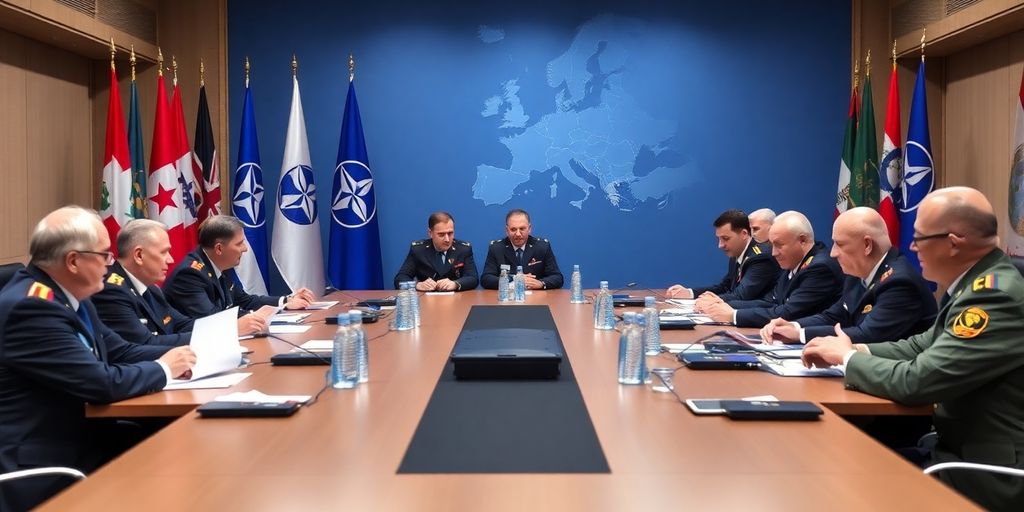
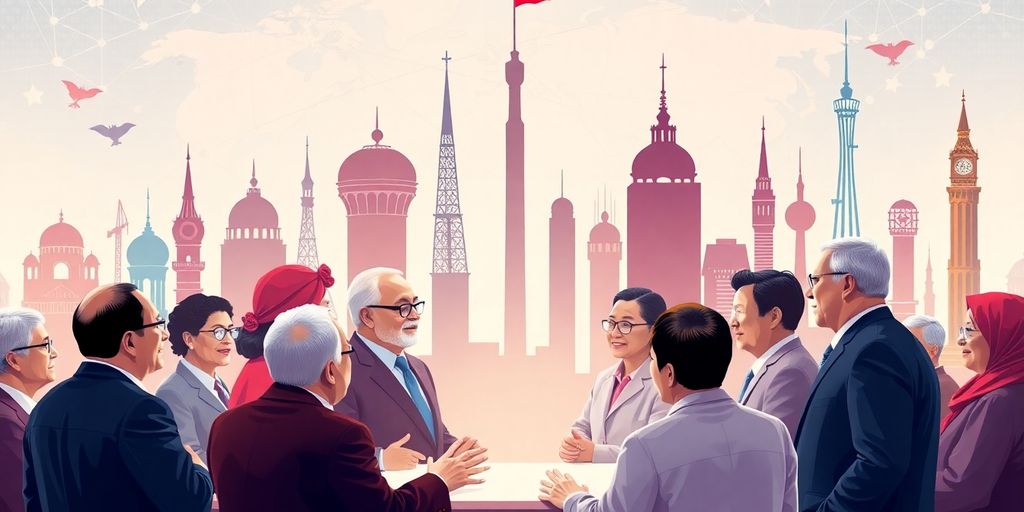

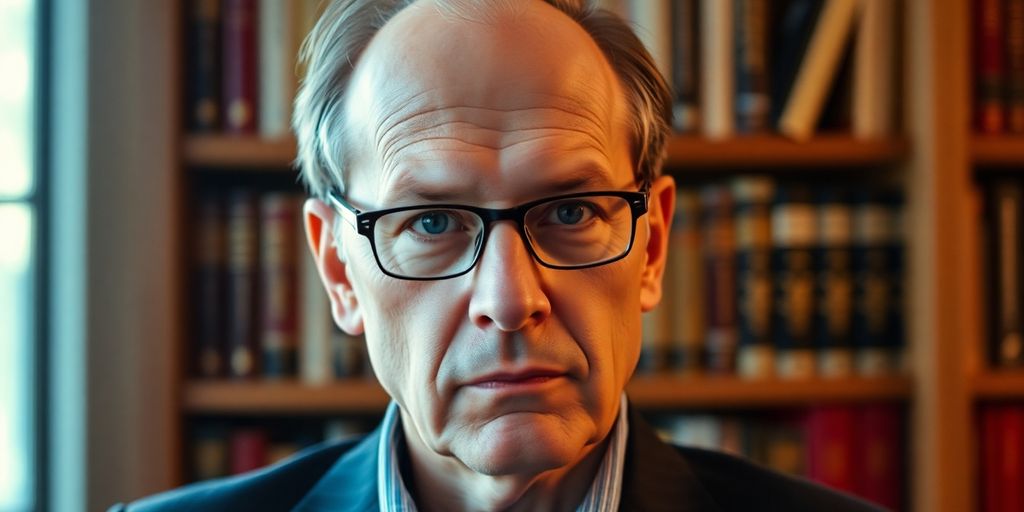
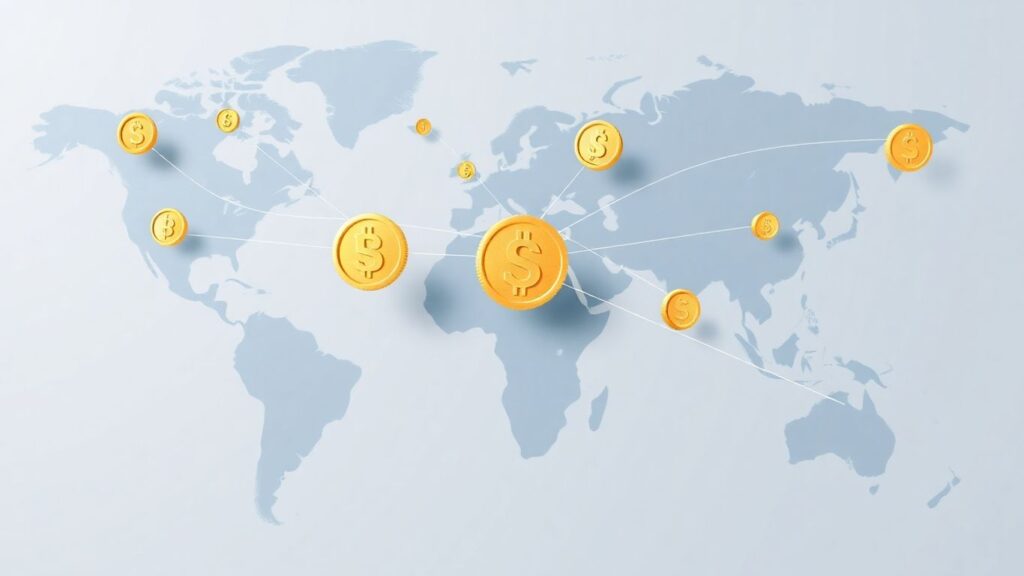
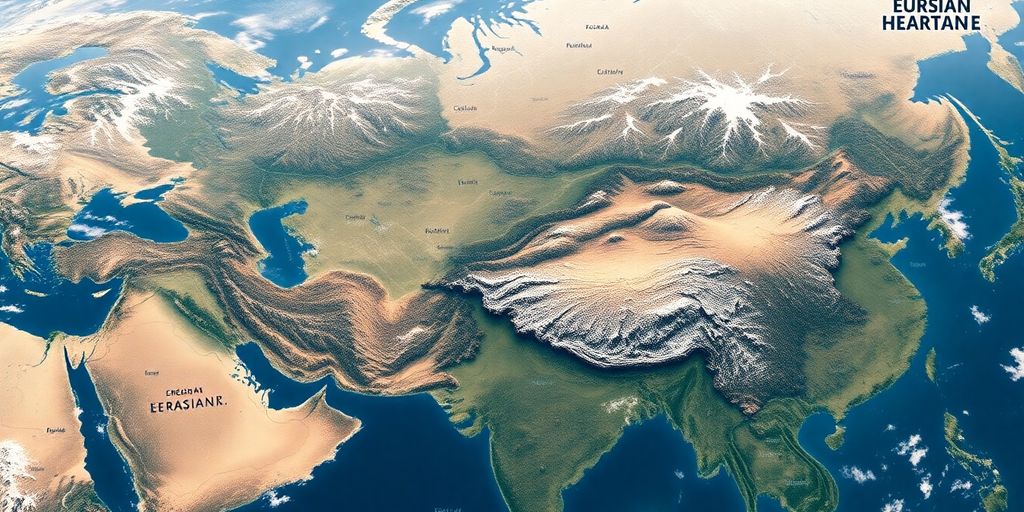
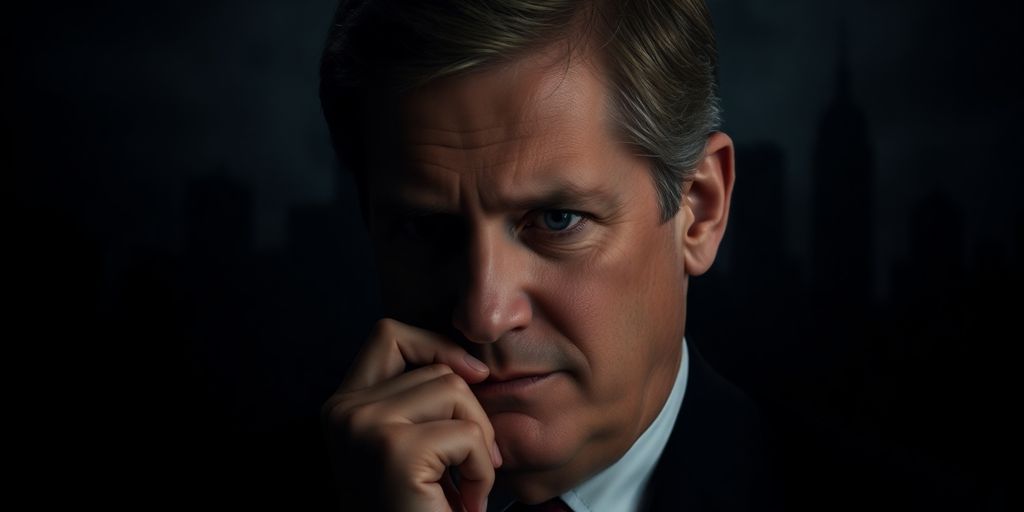

Responses